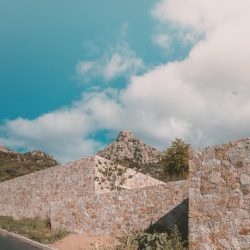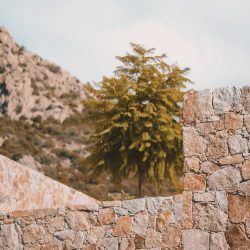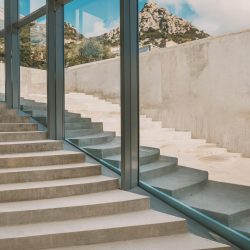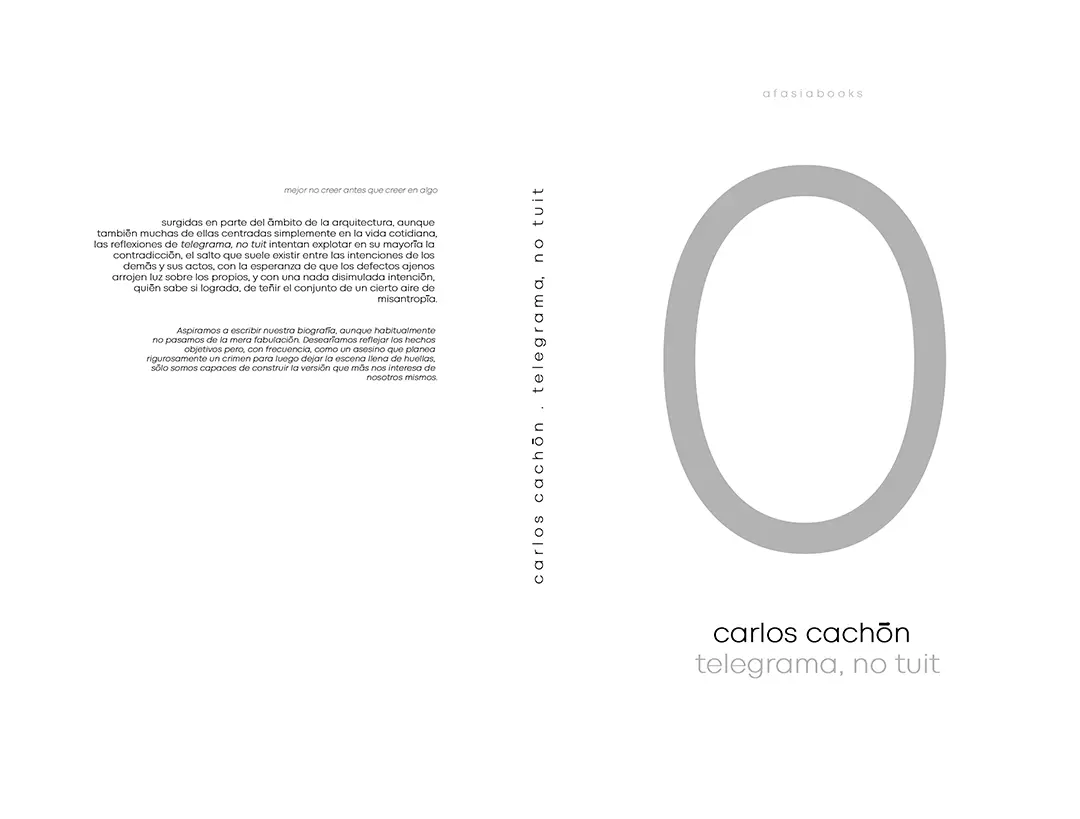
Amelia Tavella Architectes . photos: © Thibaut Dini
Amelia Tavella’s New School, the Edmond Simeoni School and Cultural Space, nestled at the foot of the village of Lumio.
This school has embraced Lumio, becoming part of its landscape, marrying the village and its surroundings, including its landmarks: the tower, the bay, and the citadel of Calvi overlooking the sea—the other realm. A single obsession guided the design: to follow the land’s curves, slip into them, magnify them, and echo them as a voice answers the call.
Three buildings, three pulsations. The school and cultural center are united, as knowledge brings people together. Building for children is about showing them the path to freedom. Building for culture is about enhancing that freedom: we will never have enough space to dream.
The lines do not break but multiply. Inspired by the terraced farming structures, restanques, the school aligns itself with Lumio’s slopes. By choosing Balagne stone—granite—it honors its ancestors and carries the imprint of Lumio, with its layers and identity, influencing the students:
Knowledge has its stages. The school’s three-tiered design, overlooking the sea, symbolizes a journey of ascent. At the top are the elementary classrooms, beneath the watchful eye of the village; at the base, the preschool and cultural center, cradled in the valley as it cascades toward the sea.
This green cascade with its stunning views preserves the precious natural terraces. The roof of one building becomes the playground of the one above. In this way, children play suspended, running across the steps of the surrounding layers, immersed in the invasive nature that becomes part of their learning experience.
No escape is impossible. The gaze roams freely, the view is unrestricted.
An internal street connects the different levels and extends outside, resembling the steps of an open-air amphitheater. This staircase, designed in collaboration with artist Pauline Guerrier, mirrors the contours of the surrounding landscape, following nature’s lines without betraying them.
This is not the first time Amelia Tavella has intertwined art and architecture. Inviting an artist into the design of a building for children enhances their education, as beauty lifts minds toward excellence.
Art, as a universal language, follows two gestures—that of the artist and that of the architect—two gestures that complement and respond to one another. The staircase also evokes an ancient philosophical school’s steps, where knowledge is tied to movement, just as the body is linked to the mind, through the wide white stone steps that guide learners to the heights of wisdom.
_







































